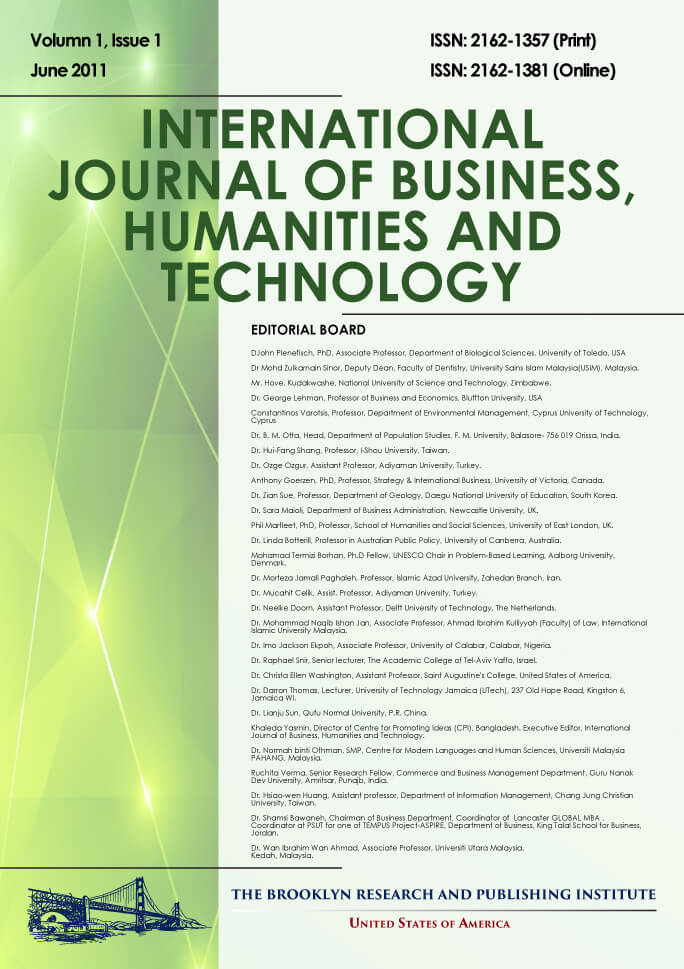A Study of the Impacts of the Panama Canal Expansion on the U.S. Northeast Ports and Strategy of the Port of Boston
Chien Wen Yu
Abstract
When it is completed in 2016, the Panama Canal expansion will increase the trade volume and route from Asia to
the United States as well as the competition amongst all U.S. ports, creating economic impacts in several areas.
East Coast ports will be affected the most due to investments in harbor expansion projects and rise in cargo
traffic and imports. The expansion will provide access for the Post-Panamax ships to the East Coast ports. These
ships can increase cargo size from 5,000 up to 13,000 TEU’s (twenty-foot equivalent unit). It is estimated that
20-25% of import traffic will shift to the East Coast (Regional, 2013). Larger ships will be able to travel faster
and carry heavier loads directly to the East Coast ports, thus eliminating the West Coast stop and reducing train
transportation of cargo to the East Coast. In this study there will be a comparison of the economic impacts that
the expansion of the Panama Canal creates between the Port of Boston and other major Northeast Ports,
specially the Port of Baltimore, the Port of Norfolk and the Port of New York and New Jersey. This paper will
evaluate the opportunities and strategies for the Port of Boston, utilizing business models of Strategy Canvas and
Four Actions Framework in combination with the Port Choice Model.
Full Text: PDF


